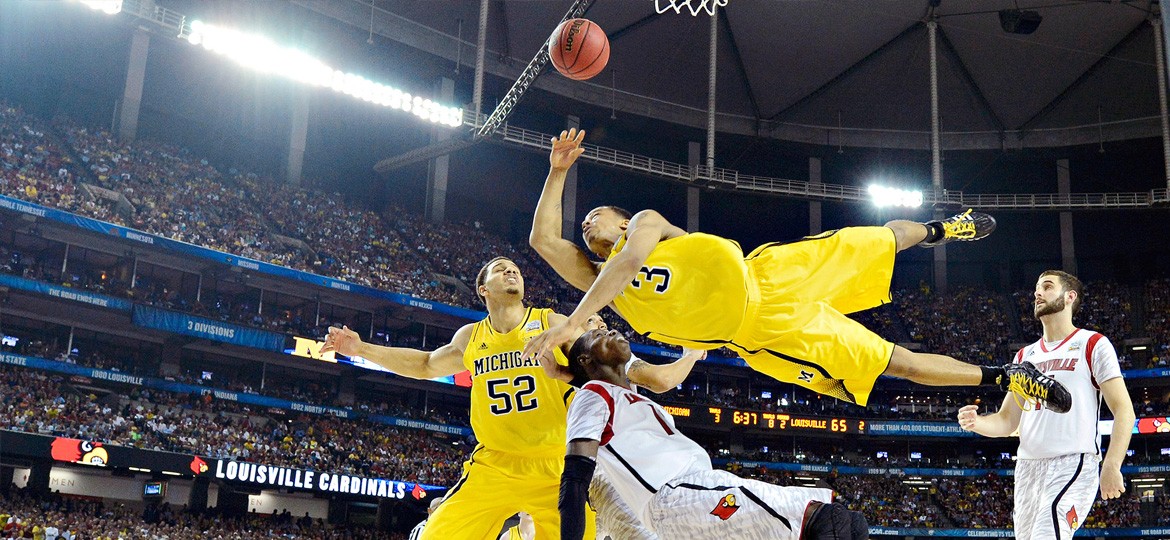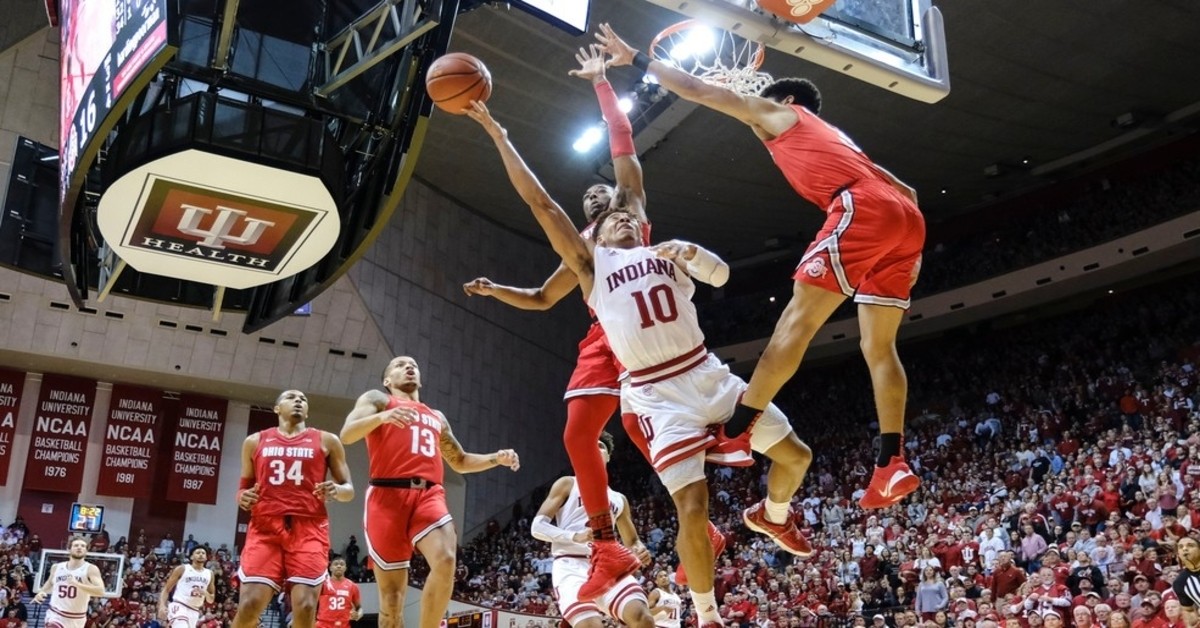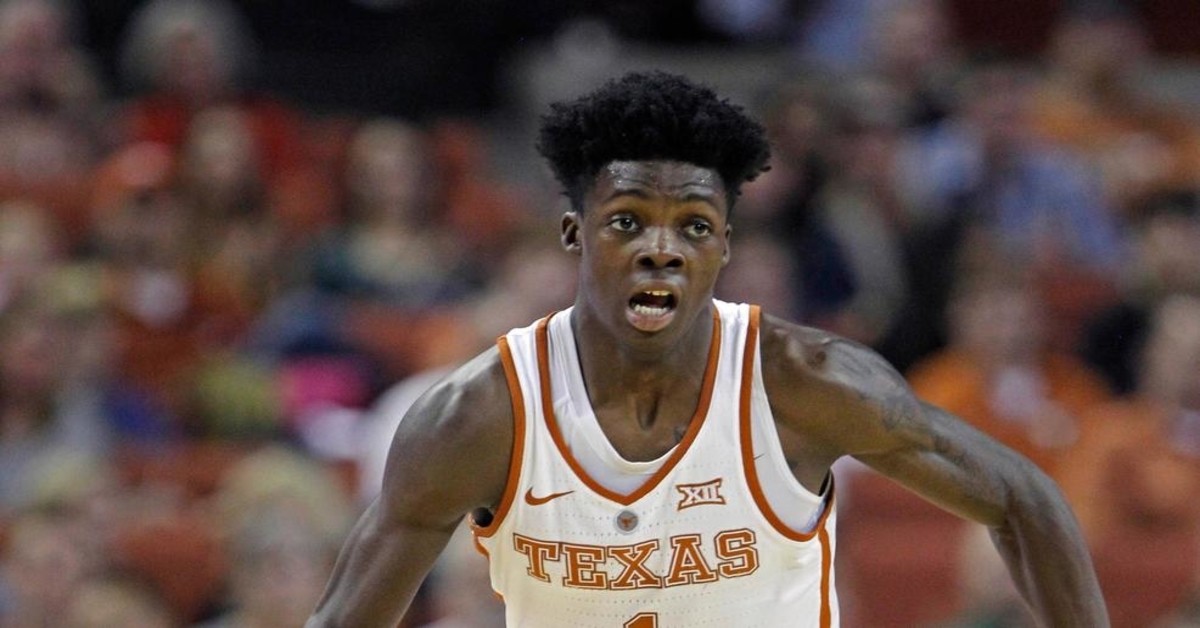[fusion_builder_container hundred_percent=”no” equal_height_columns=”no” menu_anchor=”” hide_on_mobile=”small-visibility,medium-visibility,large-visibility” class=”” id=”” background_color=”” background_image=”” background_position=”center center” background_repeat=”no-repeat” fade=”no” background_parallax=”none” parallax_speed=”0.3″ video_mp4=”” video_webm=”” video_ogv=”” video_url=”” video_aspect_ratio=”16:9″ video_loop=”yes” video_mute=”yes” overlay_color=”” video_preview_image=”” border_size=”” border_color=”” border_style=”solid” padding_top=”” padding_bottom=”” padding_left=”” padding_right=””][fusion_builder_row][fusion_builder_column type=”1_1″ layout=”1_1″ background_position=”left top” background_color=”” border_size=”” border_color=”” border_style=”solid” border_position=”all” spacing=”yes” background_image=”” background_repeat=”no-repeat” padding_top=”” padding_right=”” padding_bottom=”” padding_left=”” margin_top=”0px” margin_bottom=”0px” class=”” id=”” animation_type=”” animation_speed=”0.3″ animation_direction=”left” hide_on_mobile=”small-visibility,medium-visibility,large-visibility” center_content=”no” last=”no” min_height=”” hover_type=”none” link=””][fusion_text]
A couple of weeks ago, I listened to a segment on a sports network (no, not ESPN) that argued that mid-major schools like University of Maryland-Baltimore County and Loyola-Chicago don’t belong in the NCAA Basketball Tournament.
[/fusion_text][/fusion_builder_column][/fusion_builder_row][/fusion_builder_container][fusion_builder_container hundred_percent=”yes” overflow=”visible” margin_top=”5px” margin_bottom=””][fusion_builder_row][fusion_builder_column type=”1_1″ layout=”1_1″ background_position=”left top” background_color=”” border_size=”” border_color=”” border_style=”solid” spacing=”yes” background_image=”” background_repeat=”no-repeat” padding_top=”” padding_right=”” padding_bottom=”” padding_left=”” margin_top=”0px” margin_bottom=”0px” class=”” id=”” animation_type=”” animation_speed=”0.3″ animation_direction=”left” hide_on_mobile=”no” center_content=”no” min_height=”none” last=”no” hover_type=”none” link=”” border_position=”all”][fusion_separator style_type=”none” sep_color=”” border_size=”” icon=”” icon_circle=”” icon_circle_color=”” width=”” alignment=”center” class=”” id=”” /][fusion_text]
“The main argument focused on one over-reaching argument: the mid-majors do not face the same level of competition during the regular season, therefore it is unfair to place them in the same category as the major “Power 5” schools such as Duke and Kansas The solution: give the mid-majors their own tournament. “
[/fusion_text][/fusion_builder_column][/fusion_builder_row][/fusion_builder_container][fusion_builder_container hundred_percent=”yes” overflow=”visible” margin_top=”20px” margin_bottom=””][fusion_builder_row][fusion_builder_column type=”1_1″ layout=”1_1″ background_position=”left top” background_color=”” border_size=”” border_color=”” border_style=”solid” spacing=”yes” background_image=”” background_repeat=”no-repeat” padding_top=”” padding_right=”” padding_bottom=”” padding_left=”” margin_top=”0px” margin_bottom=”0px” class=”” id=”” animation_type=”” animation_speed=”0.3″ animation_direction=”left” hide_on_mobile=”no” center_content=”no” min_height=”none” last=”no” hover_type=”none” link=”” border_position=”all”][fusion_separator style_type=”none” sep_color=”” border_size=”” icon=”” icon_circle=”” icon_circle_color=”” width=”” alignment=”center” class=”” id=”” /][fusion_text]
The NCAA Tournament would then be made of 68 teams from the major conferences, with the winner becoming the national champion (essentially another College Football Playoff).
While this specific sports personality did not mention the women’s tournament, I will address that here as well. (For the fans of women’s basketball, here’s a disclaimer: I love the game, and have been covering it extensively for years, so I’m not coming at this as a novice, it’s an honest observation.)
There’s two problems with the argument they posed. If I may, allow me to break it down.
-
MID-MAJORS DON’T FACE THE SAME COMPETITION
Before we get into the logistics of that fallacy, the argument conveniently leaves out one point: if they don’t belong on the same level, then why is it that the bigger teams are afraid to schedule them?
The personality in question said that the mid-major conferences face watered down competition, whereas the major conferences have to dodge landmines all season long. This is where said person is wrong, and I’ll break down why:
- MEN: Of the teams who finished the regular season in the AP Top 25, only 12 of those schools faced a team from the Mid-Major Top 25, and one of them doesn’t count (Gonzaga, the top team in the Mid-Major Poll, was also no. 8 in the AP poll). Guess what? The no. 2 team in the Mid-Major Poll, Loyola-Chicago, is in their first-ever Final Four, having beat no. 22 Miami (who they also beat in the regular season), no. 13 Tennessee, no. 24 Nevada and Kansas State (who beat no. 18 Kentucky in the Sweet 16). The no. 1 overall team in the nation, Virginia, lost in the first round to UMBC, the first time that a 1 seed has been beaten by a 16 seed in NCAA Tournament history. Both mid-major teams won their respective conferences as well.
- WOMEN: They don’t get to escape the criticism; only 11 of the teams who finished in the AP Top 25 faced a team from the Mid-Major poll. Three of those teams in the Mid-Major poll (no. 1 Belmont, no. 2 Green Bay and no. 3 Mercer) finished in the AP Top 25 poll; another top mid-major team (no. 11 Buffalo) beat the AP no. 19 (South Florida) and no. 11 (Florida State) teams in the first two rounds of the NCAA Tournament by a combined 44 points, and hung tough with defending NCAA champion South Carolina for a majority of their Sweet 16 matchup. This year also featured the first time two 11 seeds beat a 3 seed in the tournament (Buffalo and Central Michigan, who finished no. 6 in the Mid-Major poll). To add salt to the wound, only four of the top 10 teams in the AP poll faced a team from the Mid-Major; the no. 1 and 2 teams, Connecticut and Baylor, were not among them.
It’s not like these top major conference teams are stacking the deck against the best that the NCAA has to offer all season long; go ahead and look at their pre-season schedule. You’ll find that some of these schools are facing Division II teams that have nowhere near the ability to draw top-level talent. So the argument that these top teams are dodging landmines all season…miss me with that nonsense.
-
SHOW ME THE MONEY
The basketball fund (no joke, that’s literally what it is called), is the largest pool of money that the NCAA doles out to schools, and once you see the numbers here, you’ll understand why it’s even more ludicrous to leave the mid-majors out.
According to an article from Hero Sports, the fund is distributed to conferences based on their tournament record each year. A team earns one unit for each game played, and each unit is worth $273,000, which is paid out to the team’s conference every year for the next six years.
Think about that. $273,000 for EACH GAME. It’s no surprise that four of the top five earners are from Power 5 conferences, while the Big East (fourth on the list) technically has two spots. The American Athletic Conference (the old Big East) is still making money from schools such as Georgetown, St. John’s and Villanova…who just happened to make the Final Four. To put this in perspective, the four Final Four teams (Kansas, Michigan, Loyola Chicago and Villanova) have made $8,190,000 for their respective conferences.
Now, before you go thinking, “that is a lot of money for the conferences, so why is this a big deal,” allow me to break that down. Kansas is a part of the Big 12, Michigan is a part of the Big 10 (B1G), and Villanova is a part of the Big East…all basketball powerhouses who have MULTIPLE teams in the tournament each year. Guess what that means…MORE MONEY. Take a look at what each conference has made just in this tournament alone:
- Big 12: $31,122,000
- Big East: $21,294,000
- Big 10: $19,656,000
Whereas Loyola-Chicago had they had to win their conference tournament to earn the automatic bid for the NCAAs as the only representative for their conference (Missouri Valley). This is a conundrum that every mid-major conference deals with; the money they receive from the tournament usually funds their expenses, and some is doled back to their member schools. So for teams like Buffalo (MAC) and UMBC (America East), their runs in the tournament basically kept their conferences’ athletic departments afloat for the foreseeable future.
If the NCAA Tournament were just made of the major conferences, they would keep all the money; leaving the mid-majors dead in the water. I’m not sure how that’s fair. This doesn’t even include the women’s tournament…which makes no money whatsoever from the tournament.
In conclusion, by trying to exclude the mid-majors from the biggest money-maker in all of NCAA, you are in a sense signing a death warrant for those schools and their athletic departments. As an alumni from a mid-major school (Sacramento State Class of 2017, proud Hornet), I paid money into the athletic fund. And as a Division I school, they pay their dues just as much as the major conferences, so why shouldn’t they get a chance to showcase themselves on the biggest stage of all college sports?
If you can come up with an answer to how the mid-majors can have their own tournament and come out financially stable, then by all means, present the idea and let’s put it into motion. But when the NCAA is making close to 90 percent of its revenue off of the basketball tournament alone, that’s nonsense that you would limit that fund to just the bigger schools that already are well off.
[/fusion_text][/fusion_builder_column][/fusion_builder_row][/fusion_builder_container]




